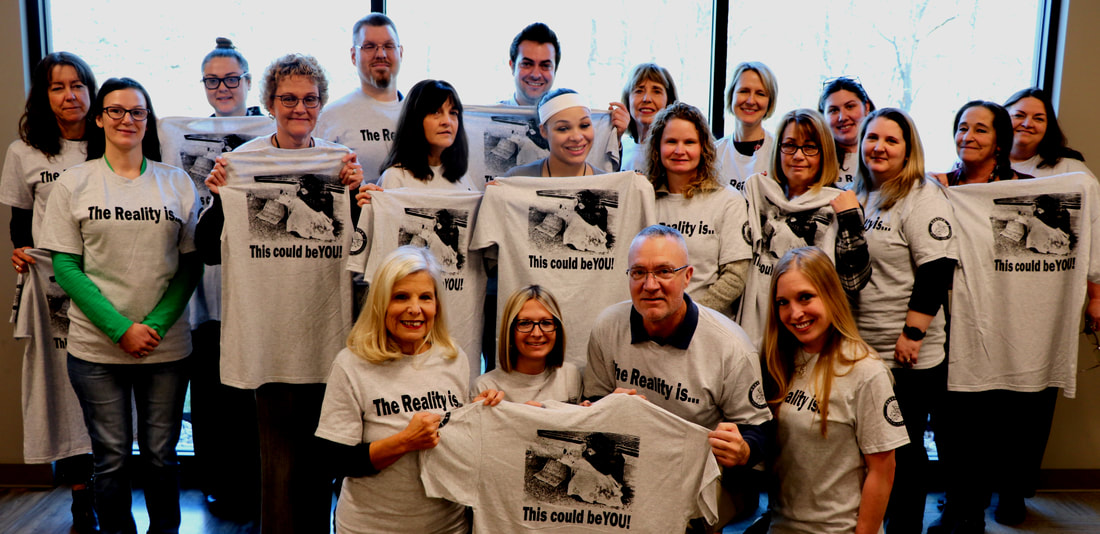|
West Michigan Housing Network Is Counting the Homeless
The West Michigan Housing Network is seeking out where the homeless among us are for its annual Point- in- Time count on Wednesday, January 29. “We know that in rural areas, there’s a lot of people who aren’t sheltered and who are homeless,” said Bill Jessup, West Michigan Housing Network chairperson and Supportive Services for Veteran Families Manager for Goodwill Industries of West Michigan. “These are the people we’re looking for.” The Point-in-Time (PIT) assessment identifies the needs of people experiencing homelessness in Lake, Mason, Newaygo and Oceana counties. The West Michigan Housing Network coordinates efforts in the four counties to reduce homelessness and to increase access to affordable housing. TrueNorth Community Services is the region’s Housing Assessment and Resource Agency (HARA) and is the network’s lead agency. The PIT count identifies sheltered and unsheltered people on a single night in January. The U.S. Department of Housing and Urban Development (HUD) requires that communities receiving federal funding from the McKinney- Vento Homeless Assistance Grants program conduct a census of all sheltered people. The survey is conducted via an on-the-street, door-to-door census in all four counties, including the pair of shelters in the region, to track sheltered and unsheltered individuals and families. “When in need, we help families and individuals find shelter and resources,” said Diana Hanna, Housing & Family Services Director for TrueNorth. “This is part of that effort.” The effort is not that straightforward, however. “A tent in January in Michigan isn’t permanent housing,” Jessup said. “We’re looking to permanently house people.” Debbie Chatfield, a Housing Resource Specialist with TrueNorth, points out: “Couch surfing isn’t considered being homeless, but we still want to know about those individuals so we can help them.” According to the Michigan Campaign to End Homelessness’ 2018 annual report, there were 65,104 homeless individuals in Michigan in 2018. Those included 3,605 military veterans; 8,367 seniors (ages 55 and older); and 3,995 young adults (ages 18-24). Forty-four percent of Michigan’s homeless report having a disability, compared to 14 percent in the state’s general population. Comments are closed.
|
CategoriesArchives
April 2024
|

 RSS Feed
RSS Feed